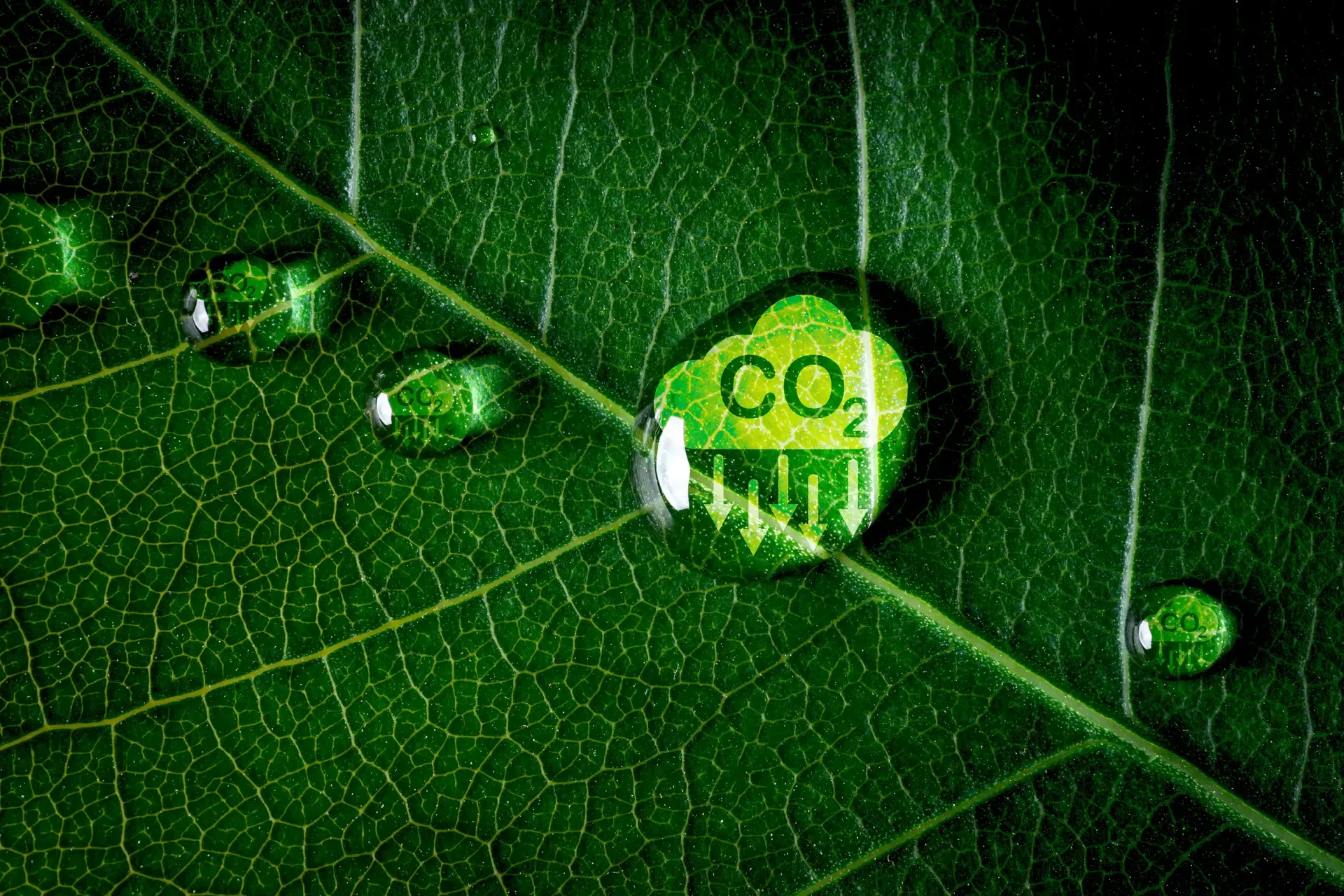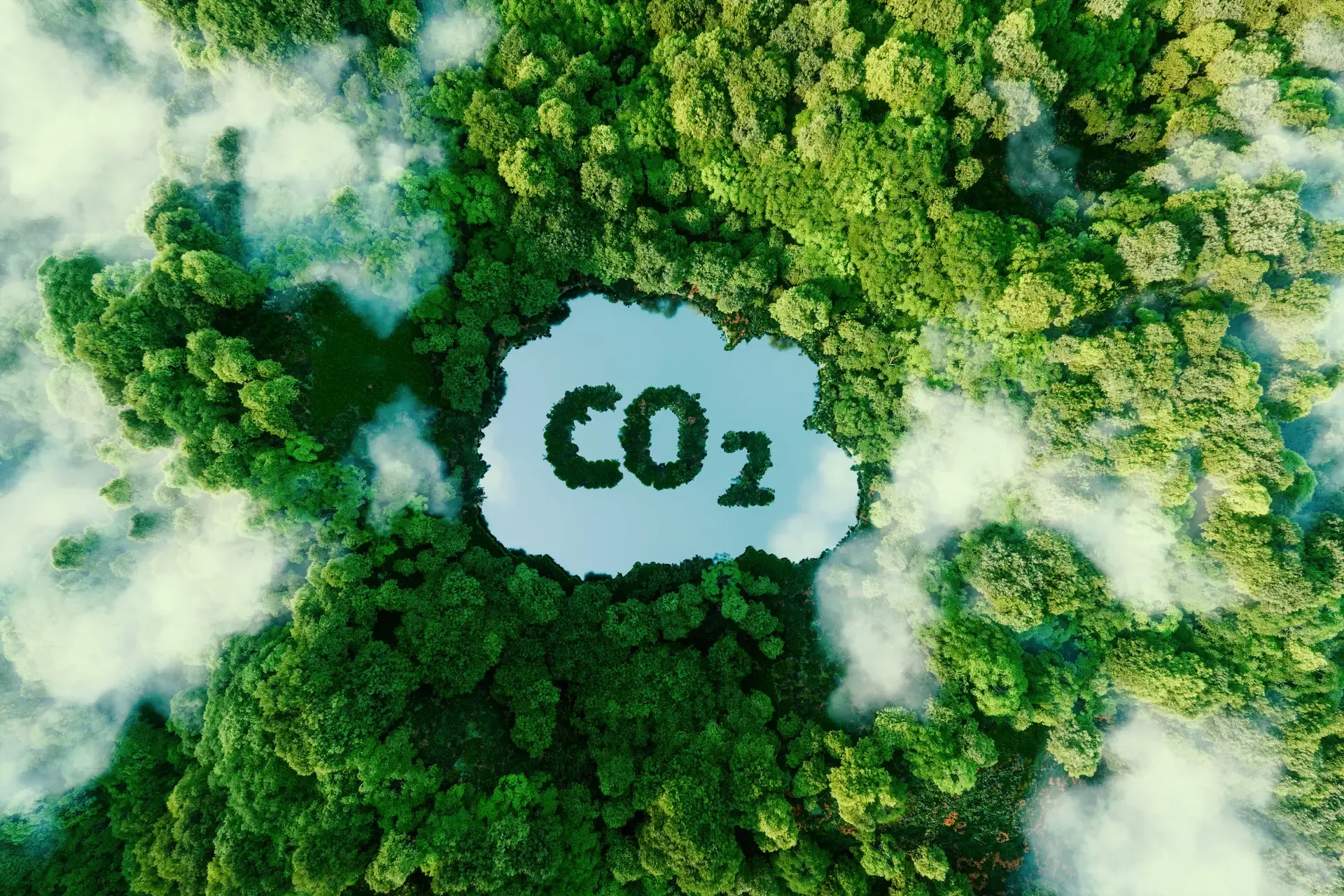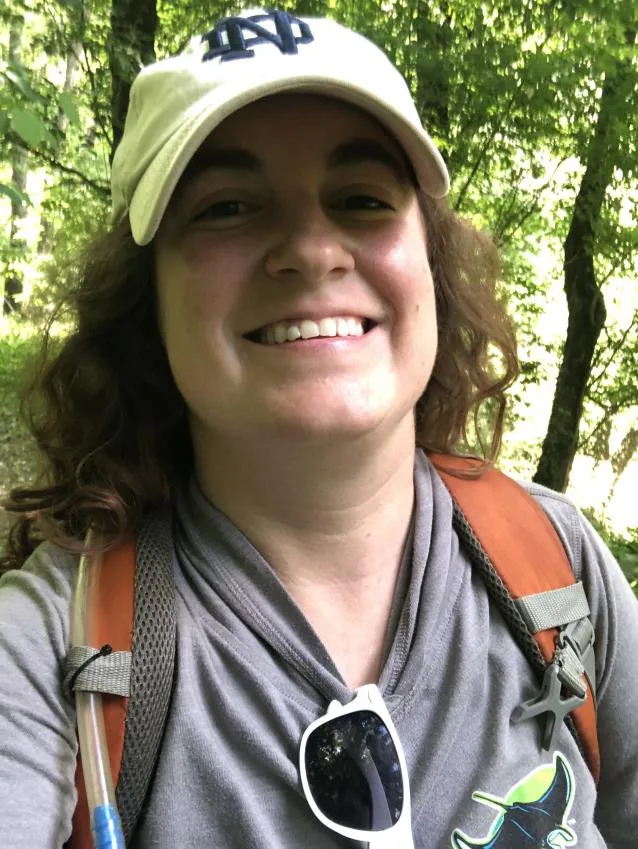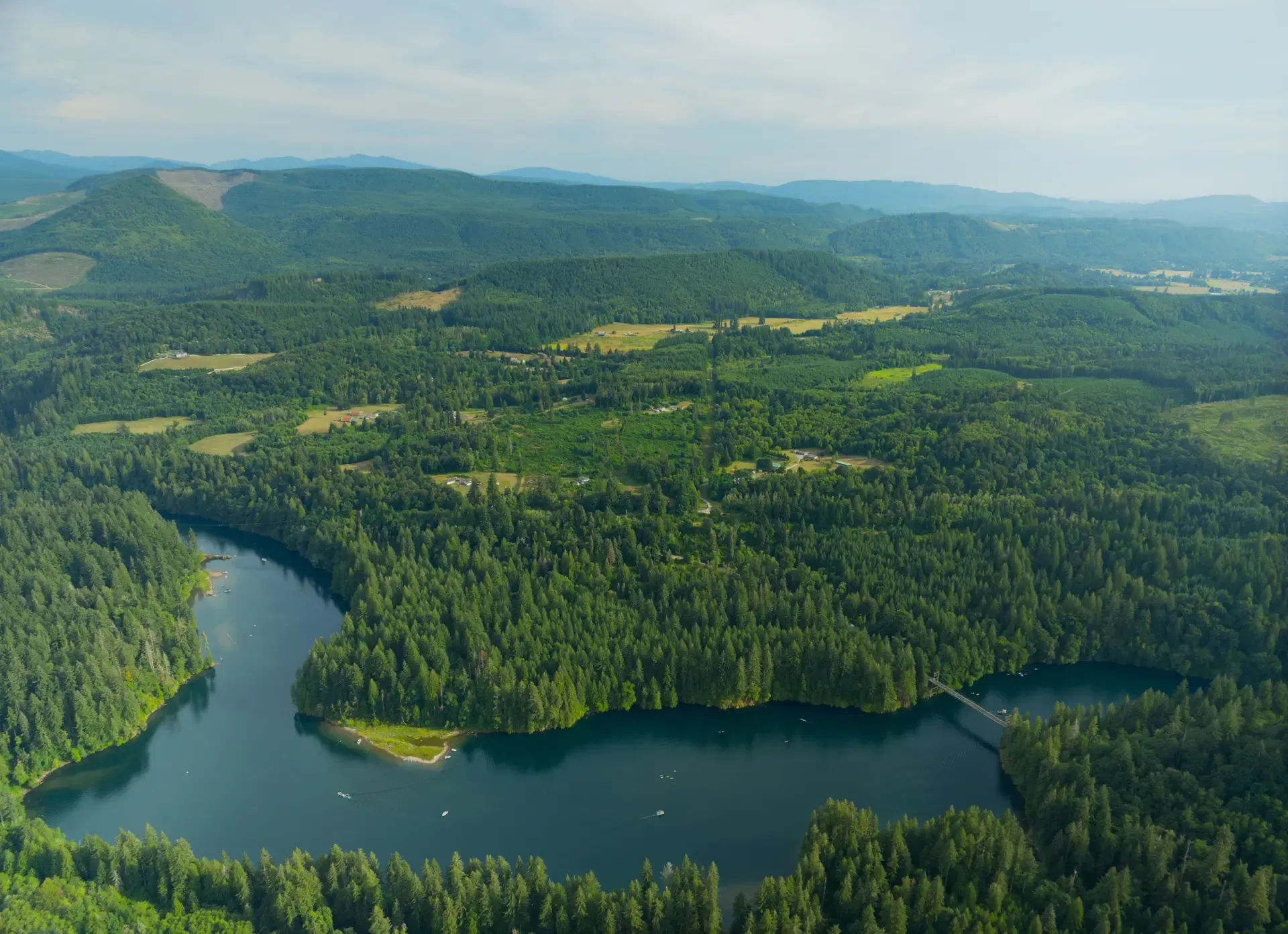Your Carbon Cheat Sheet: Measuring Carbon

The voluntary carbon market is rapidly evolving, growing, and developing new terminologies to explain the science behind natural climate solutions. To fully understand the impact of carbon projects, it’s important to understand all the practices which support the generation of high-quality credits within the market (and the jargon that goes with them!).
Whether you’re a landowner, forester, or corporation, understanding carbon terms is a key step in taking part in climate action. The American Forest Foundation team has pulled together a Forest Carbon Cheat Sheet to help you better navigate and understand the common terminology of carbon markets. Part 2 of this series covers the specific actions, interventions, and measurements we use to create a true carbon benefit:
Measuring Carbon:
Carbon Credit vs. Carbon Offset -
A carbon credit is a quantifiable and certified reduction or removal in greenhouse gas (GHG) emissions. When a carbon credit is used to address the emissions from a company’s value chain (sourcing, producing, and delivering a product), it is then classified as a carbon offset. In recent trends, “offset” has been distinguished more as a verb where “credit” is used more as a noun, i.e., carbon credits are used to offset a company’s produced greenhouse gas emissions.
Inset -
Carbon insetting is when a company invests in either reducing emissions or increasing removals of CO2 directly within their own value chain. This helps produce positive climate impacts for the communities and landscapes where the investing company is already operating. For example, if a forest product company invests in a forest carbon removal project within the wood basket they supply from, the carbon removals generated could be considered insets directly within their value chain.
Offtake Agreement -
A long-term offtake agreement is a legal contract in which a buyer agrees to purchase a volume of carbon credits at a market-informed, predetermined price or price structure over a set period of time. Offtake agreements can be structured in various ways, depending on a company’s carbon credit demand, issuance cadence, and market price fluctuation. Two common offtake agreement types are detailed below:
Advance Market Commitment -
An Advance Market Commitment is a long-term offtake agreement in which a company pays a developer up front for a volume of credits at a discounted market price and receives the credits in later years as they are generated and issued. Advance Market Commitments (AMCs) are often used to attract early-stage financing to catalyze and launch new carbon projects.
Emissions Reduction Purchase Agreement -
Emissions Reduction Purchase Agreements (ERPAs) are long-term offtake agreements in which a company agrees to pay a developer for an agreed upon volume of credits at a predetermined market price upon verification and delivery of those credits over a period of time. ERPAs can be used as a tool for companies to demonstrate their progress toward climate goals and secure high-quality carbon credits to address future emissions.
Types of Credits:
Removal -
Removal credits are issued when carbon is directly taken, or “removed” from the atmosphere as a result of a carbon project. Removal credits can be produced from both technology-based projects, such as direct air capture (DAC), or nature-based projects, such as afforestation, reforestation, and revegetation (ARR). For instance, in AFF’s Field to Forest ARR project, newly planted trees remove a volume of excess carbon from the atmosphere by “breathing” and sequestering that carbon.
Avoidance/Reduction -
Avoidance and reduction credits are issued when a project’s emissions are reduced compared to the most likely course of action. Using our unique dynamic baseline, FFCP is able to reduce the amount of commercial harvesting (while increasing the rate of tree growth) in enrolled areas compared to unenrolled areas. The quantity of carbon that was not cut compared to the likely course of action is quantified as an avoidance or reduction credit.
Improved Forest Management (IFM) -
Improved Forest Management projects are often seen as both a removals and avoided emissions project type. They work to increase the carbon storage of an existing forest compared to business-as-usual forest management practices. By decreasing invasive species populations, stewarding old and mature forests, and increasing overall biodiversity of native species in an area, sustainably managed forests can grow healthier and sequester more carbon compared to non-managed forests. FFCP’s unique methodology uses a dynamic baseline to track the success of IFM projects.
Afforestation, Reforestation, Revegetation (ARR) -
Afforestation, Reforestation, Revegetation projects work to grow trees in areas where forests are not present at the start of the project. These projects can have very high carbon sequestration potential because young, quick-growing trees can hold larger amounts of carbon as they photosynthesize and become taller. The American Forest Foundation is piloting a new ARR carbon practice, Field to Forest, in Georgia.
Carbon Project Integrity -
A carbon project produces high integrity credits if those credits represent an actual, measurable change in the atmospheric concentration of CO2 in the long term. The question of quality and integrity for carbon projects can boil down to, “Did the atmosphere feel a difference?” If the answer is yes, the project can be called high quality. It’s important to note, however, that within the voluntary carbon market, this definition is still being defined and will continue to evolve as we collectively make progress on climate action.
Pooled Buffer System -
Even using the most accurate baselines within a carbon project, developers cannot fully account for extreme weather events, forest fires or other negative effects to forest growth. A pooled buffer system represents a quantity of carbon credits generated but not sold and is set up within carbon registries such as Verra to make up for any reversals that occur within their listed projects. Project developers contribute to these pooled buffer systems so that if parts of their project experience reversal, the project developer is still able to deliver all the agreed-upon carbon credits to their buyers.
Related Articles

August 8, 2023
Your Carbon Cheat Sheet: The Fundamentals
Forestry, Climate Change, Natural Climate Solutions, and the Voluntary Carbon Market is an evolving world with new best practices, scientific findings, and innovations.

July 1, 2025
Forester Spotlight: Sarah Cawood
We’re excited to highlight Sarah Cawood, a dedicated forester with the Family Forest Carbon Program (FFCP) who brings enthusiasm, experience, and a strong commitment to conservation to her work.

June 30, 2025
Why Voluntary Carbon Markets Are a Smart Investment for Companies Tied to Forests and Water
Extreme weather events are intensifying across the U.S.—from wildfire to prolonged drought and flooding—and our forests are often at the center of these impacts. While these challenges ultimately affect everyone, certain industries increasingly face direct, material exposure to these effects—but they also have unique tools to reduce that risk.